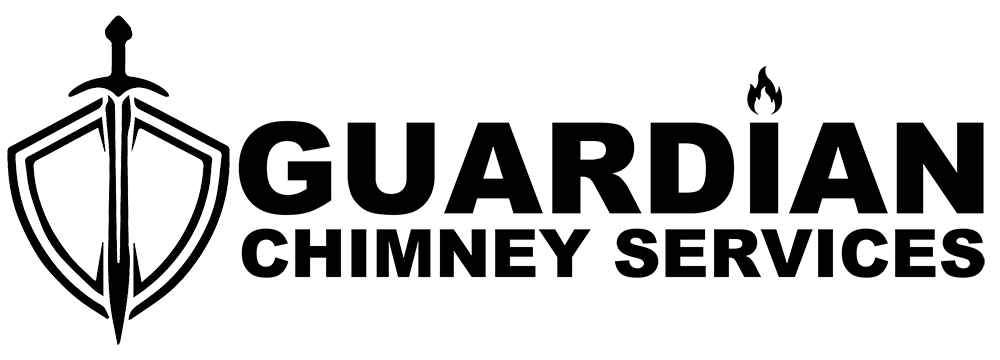
A fireplace chimney extension refers to the addition or modification of a chimney to enhance its height or improve its performance. It is often done to address specific issues related to draft, ventilation, or the safe operation of a fireplace. Here are some key points to understand about fireplace chimney extensions:
1. Purpose and Benefits:
- Improved Draft: A chimney extension can enhance the draft of a fireplace, which is the upward flow of air that carries smoke and combustion byproducts out of the chimney. Insufficient draft can result in smoke spillage or poor combustion.
- Increased Ventilation: A taller chimney can improve the ventilation of a fireplace by allowing for better air circulation, which helps fuel combustion and ensures proper exhaust of smoke and gases.
- Reduced Smoke and Odors: By increasing the height of the chimney, a chimney extension can help prevent smoke, odors, and other byproducts from being pulled back into the living space or neighboring buildings.
- Compliance with Building Codes: In some cases, chimney extensions may be necessary to comply with local building codes or regulations, which may specify minimum height requirements based on factors such as the proximity of neighboring structures.
2. Considerations for Chimney Extensions:
- Design and Materials: The chimney extension should be designed to seamlessly integrate with the existing chimney structure, matching its style and materials. Common materials for chimney extensions include brick, stone, metal, or masonry.
- Height and Proportions: The height of the chimney extension should be carefully determined based on factors such as the roofline, neighboring structures, and local building codes. It’s important to maintain proper proportions to ensure efficient draft and stability.
- Professional Assessment: It is advisable to consult with a professional chimney contractor or builder to assess the feasibility and requirements of a chimney extension. They can provide guidance on design, structural considerations, and necessary permits.
3. Chimney Extension Methods:
- Raising the Existing Chimney: If the existing chimney is structurally sound, it may be possible to extend its height by adding additional masonry or other materials. This approach requires expertise in masonry and may involve reinforcing the chimney’s foundation.
- Adding a Flue Liner Extension: In some cases, the chimney extension may involve adding a flue liner extension within the existing chimney. This can be a more cost-effective solution, but it may not address all draft or ventilation issues.
- Constructing a New Chimney: If the existing chimney is in poor condition or doesn’t meet the desired requirements, constructing a new chimney extension from scratch might be necessary. This allows for more flexibility in design and materials, but it involves more extensive construction work.
4. Professional Assistance:
- Chimney Expertise: Consult with a professional chimney contractor, builder, or chimney sweep who has experience in chimney extensions. They can assess your specific needs, advise on design and materials, and handle the construction process if required.
- Building Permits: Check with local building authorities to determine if permits are required for chimney extensions. Compliance with building codes and regulations ensures the safety and legality of the extension.
It’s important to note that fireplace chimney extensions should be carried out by qualified professionals to ensure structural integrity, proper draft, and compliance with safety standards. Consulting with experts will help determine the most suitable approach and ensure a successful chimney extension that meets your specific requirements.
